Modernism to Contemporary: Navigating Recent Architectural History
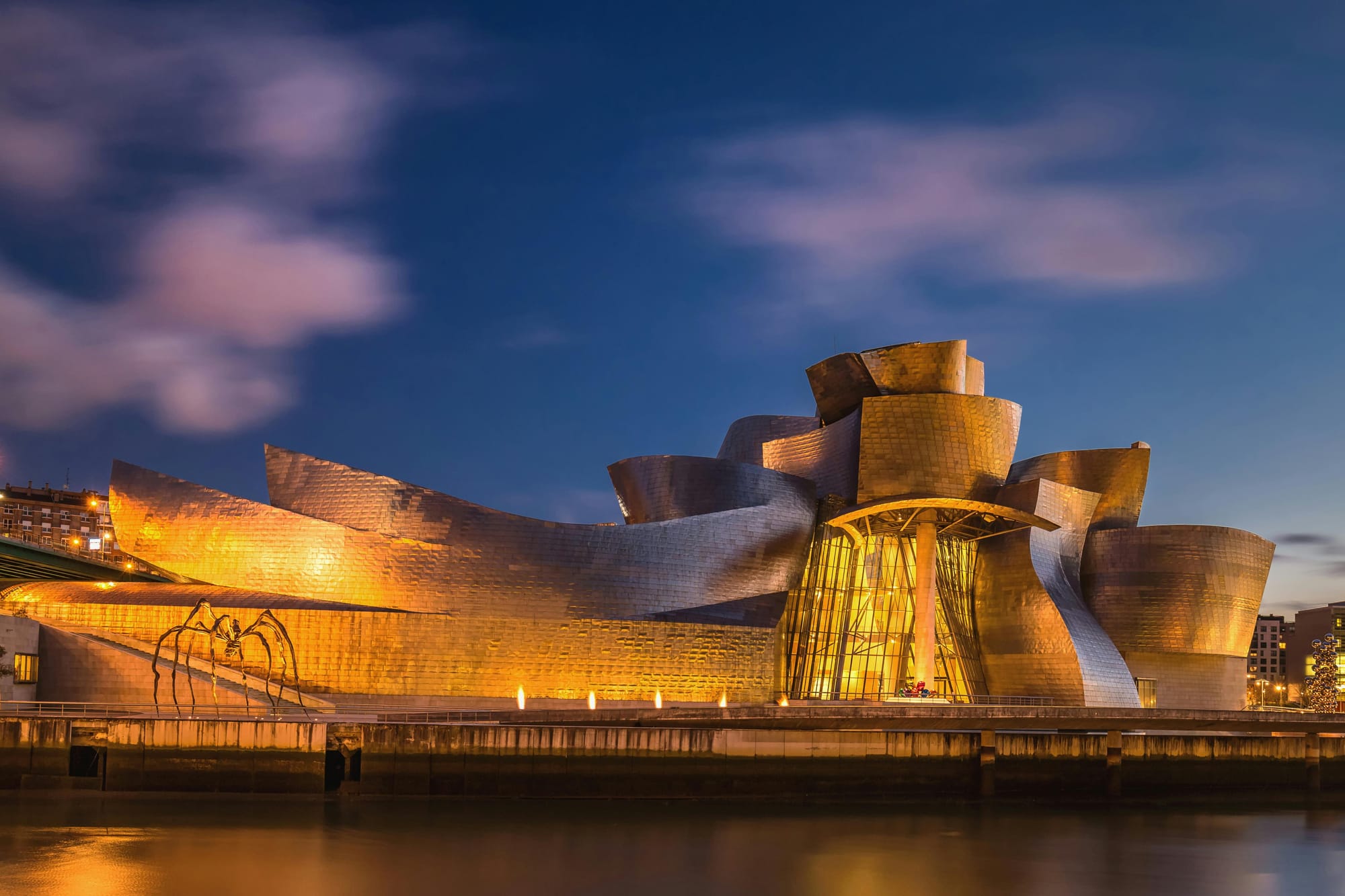
1. Introduction
Understanding the transition from Modernism to Contemporary architecture is essential for today’s architectural professionals. These movements represent a seismic shift in the philosophy, form, and function of buildings. For recent graduates, grasping this evolution isn't just academic—it's practical. It helps inform design approaches, client communication, and contextual decision-making in real-world projects. This article explores key movements from the early 20th century to the present, with practical insights and case studies that show how theory becomes tangible design. Topics include Modernism, Postmodernism, Deconstructivism, Sustainable Design, and Parametricism. Each movement is analyzed through its principles, iconic works, and lessons for practice today.
2. The Foundations of Modernism
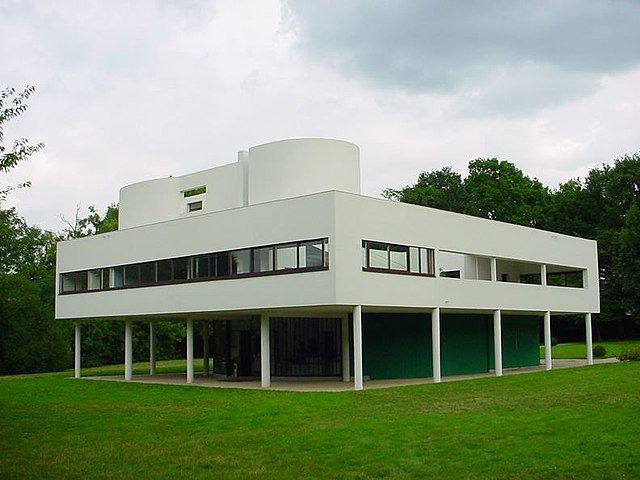
Modernism emerged in the early 20th century as a reaction against historical revivalism and ornate decoration. It emphasized simplicity, function, and the honest expression of materials.
Key Principles:
- Form follows function
- Minimalism and clarity
- Use of new materials like concrete, steel, and glass
- Rejection of ornamentation
Case Study: Villa Savoye by Le Corbusier (France, 1931) This building exemplifies the Five Points of Architecture: pilotis, flat roof terrace, open floor plan, horizontal windows, and free facade.
Pro Tip: Many iconic Modernist buildings weren’t just aesthetic experiments—they were responses to societal needs for mass housing and efficiency.
3. From Modernism to Postmodernism
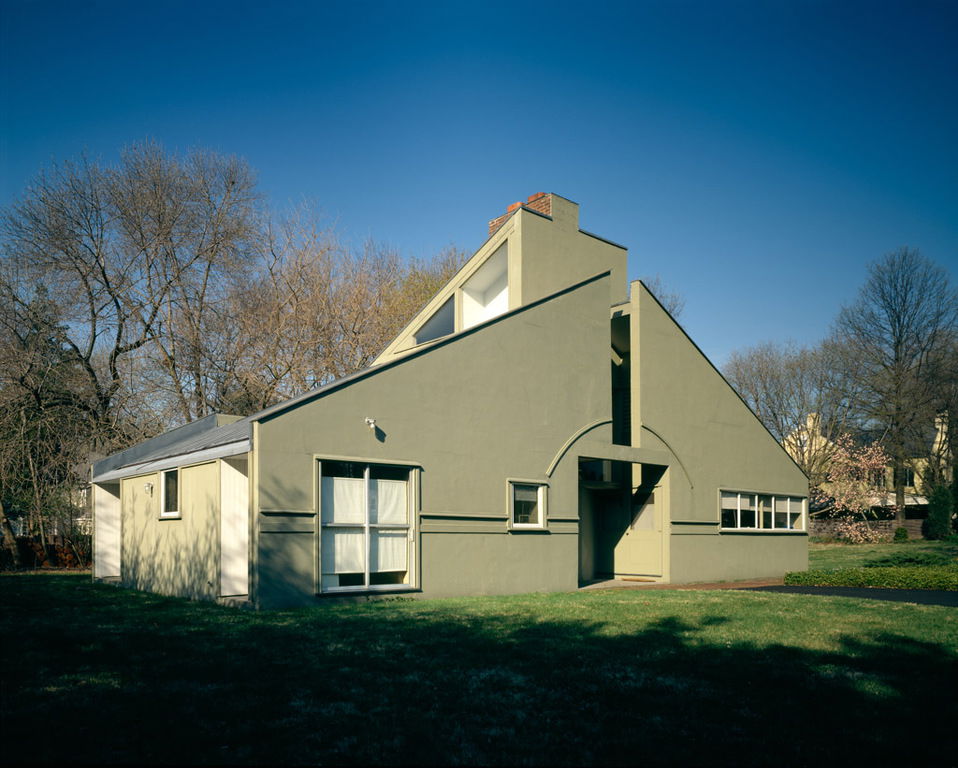
By the 1960s, criticism of Modernism’s rigidity led to Postmodernism. Architects began to reintroduce history, color, symbolism, and playfulness.
Key Concepts:
- Contextual sensitivity
- Historical references
- Irony and double meanings
- Hybrid styles
Case Study: Vanna Venturi House by Robert Venturi (USA, 1964) This house challenged Modernist norms with its pitched roof, oversized gable, and symbolic form.
Pro Tip: Postmodern buildings often carry layered meanings. A doorway might simultaneously function and reference classical architecture.
4. Deconstructivism and Formal Experimentation
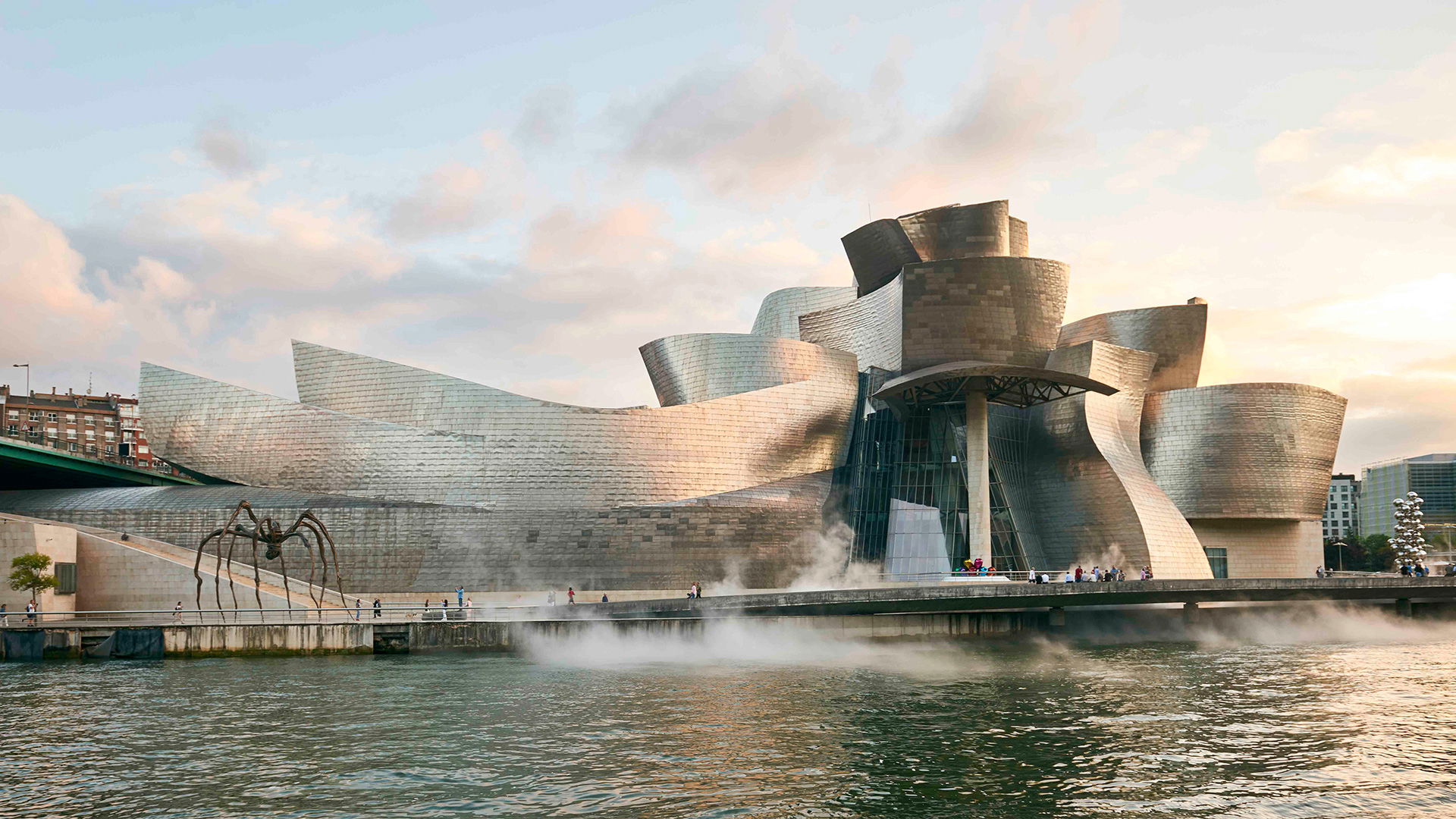
In the 1980s and 90s, Deconstructivism emerged, heavily influenced by philosophy and literature. Buildings looked fragmented and defied symmetry. Key Features:
- Apparent chaos with underlying order
- Dynamic forms and sharp angles
- Rejection of harmony and continuity
Case Study: Guggenheim Museum Bilbao by Frank Gehry (Spain, 1997) This museum's sweeping titanium curves represent a departure from traditional architectural forms.
Pro Tip: Though visually radical, Deconstructivist buildings require precise structural coordination—they're not improvised, they're engineered.
5. Sustainable Design and Environmental Integration
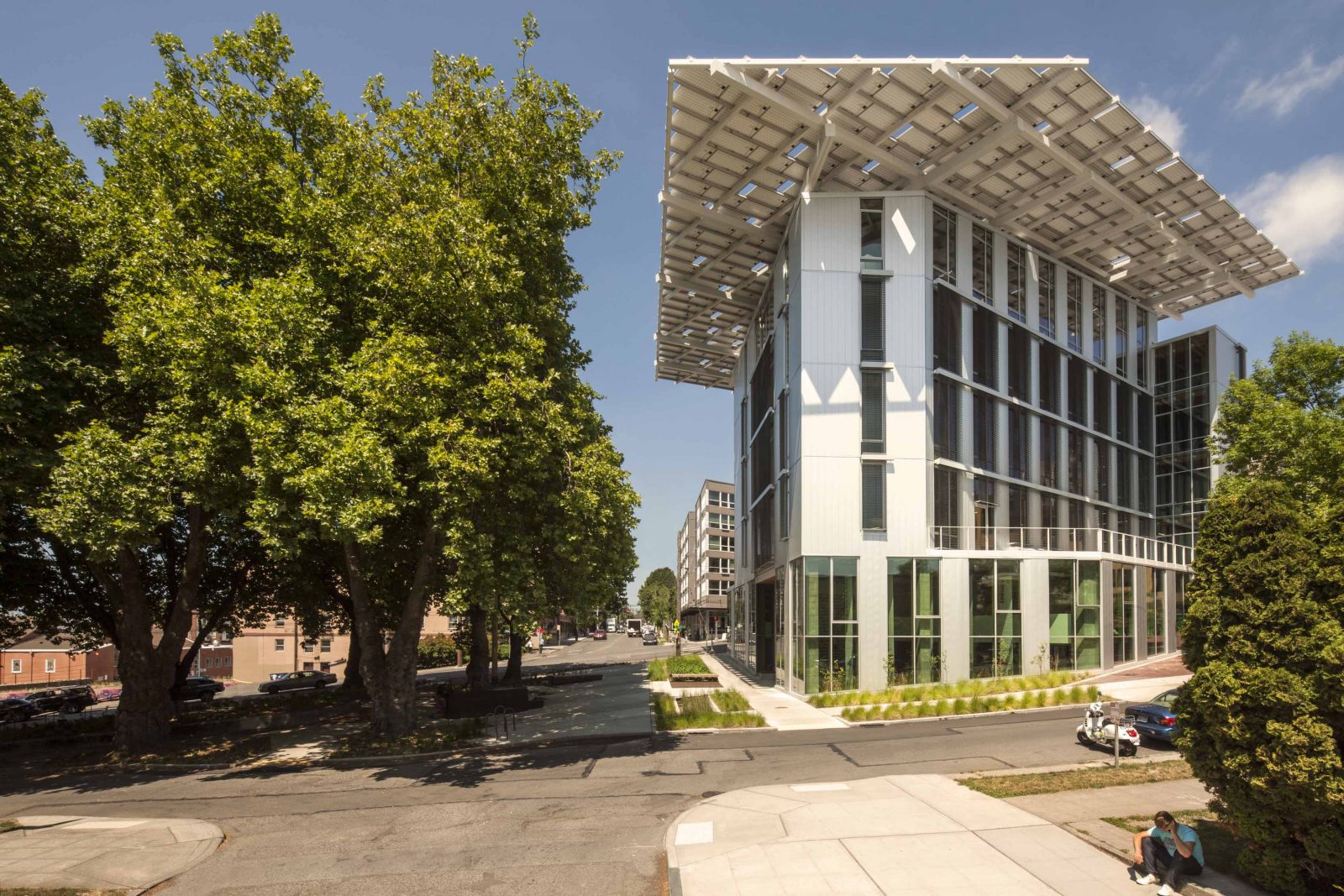
As environmental awareness grew, so did the demand for architecture that harmonizes with the planet. Core Strategies:
- Passive design techniques
- Use of renewable materials
- High-performance building envelopes
- Energy and water efficiency
Case Study: Bullitt Center by Miller Hull Partnership (USA, 2013) Dubbed the "greenest commercial building in the world," it uses solar panels, rainwater collection, composting toilets, and natural ventilation. Pro Tip: Always study local climate zones. Passive design varies significantly between temperate, tropical, and arid environments.
6. Parametricism and Digital Design
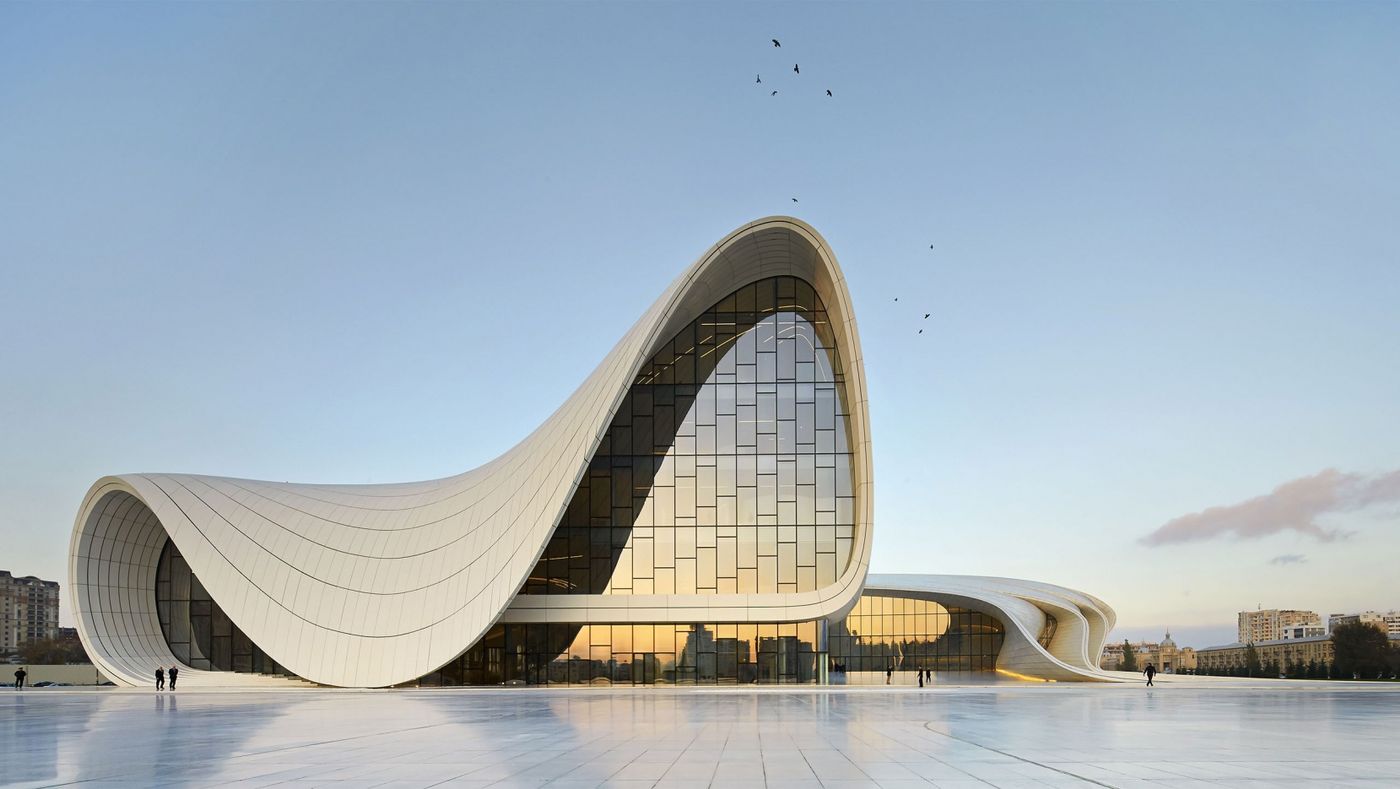
Parametricism is the architectural movement made possible by digital tools. Introduced by Patrik Schumacher, it embraces algorithmic design that adapts to performance criteria. Defining Characteristics:
- Use of computational tools like Grasshopper and Rhino
- Continuity of form
- Complex geometries with a functional purpose
Case Study: Heydar Aliyev Center by Zaha Hadid Architects (Azerbaijan, 2012) Its fluid, seamless surfaces were achieved through advanced digital modeling and innovative engineering. Pro Tip: Learn to script basic algorithms. Understanding how form generation is tied to performance parameters is increasingly valuable.
7. Intersections: Blending Movements in Contemporary Practice
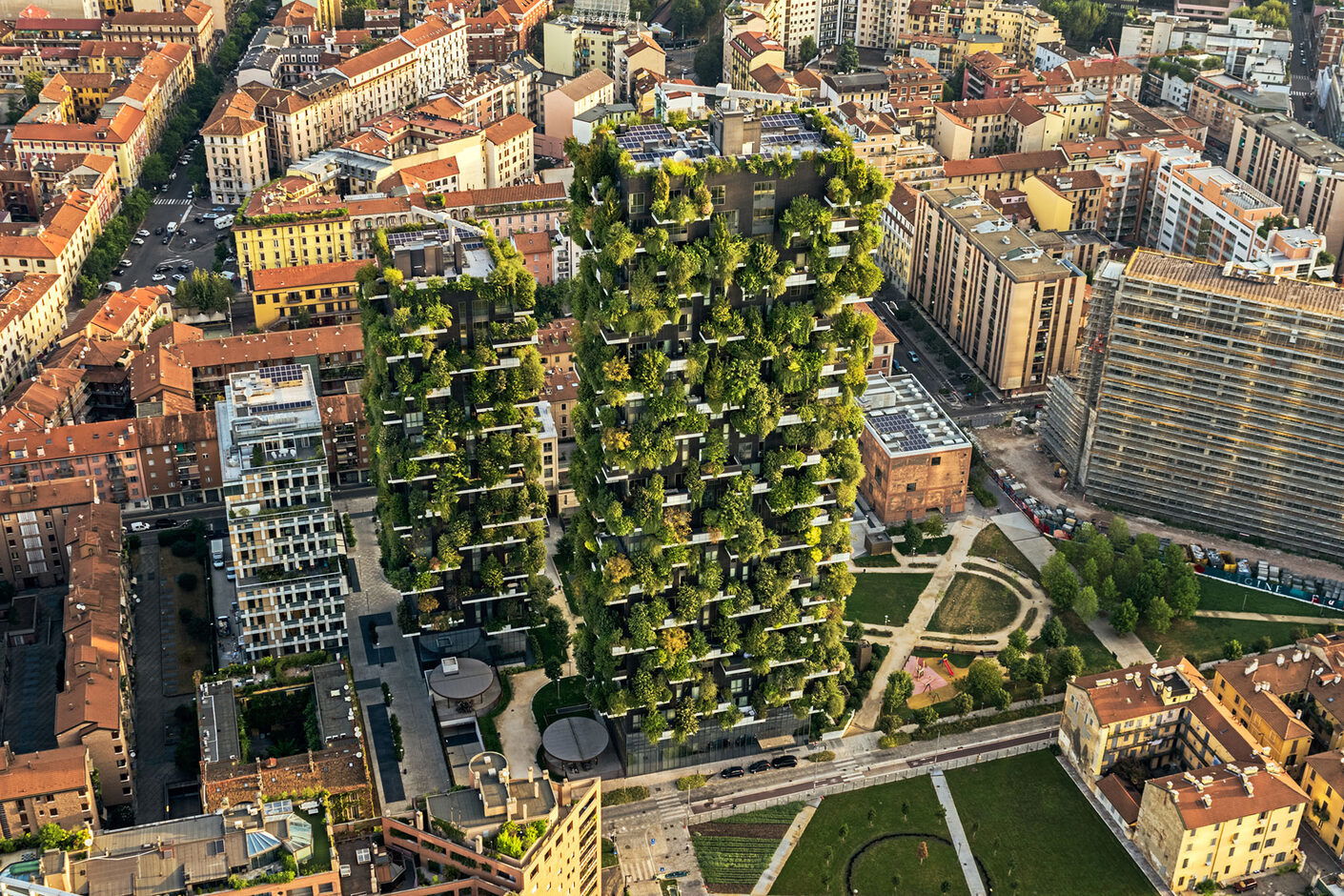
Contemporary architecture often blends elements from multiple movements. It's less about strict categorization and more about synthesis. Examples:
- A building may mix Modernist clarity with sustainable strategies
- Contemporary vernacular might draw on Postmodern symbolism with parametric detailing
Case Study: Bosco Verticale by Boeri Studio (Italy, 2014) Combines high-rise modernism with green integration. Vegetation is part of the façade system, offering shade and biodiversity.
8. Common Mistakes and Solutions

Mistakes:
- Applying styles without understanding context
- Over-designing without technical feasibility
- Ignoring environmental or cultural factors
Solutions:
- Ground every design decision in research
- Coordinate with engineers early
- Use site analysis as a foundation
Pro Tip: Ask yourself, “What problem am I solving?” Style should be a result, not a starting point.
9. Implementation in Practice Steps:
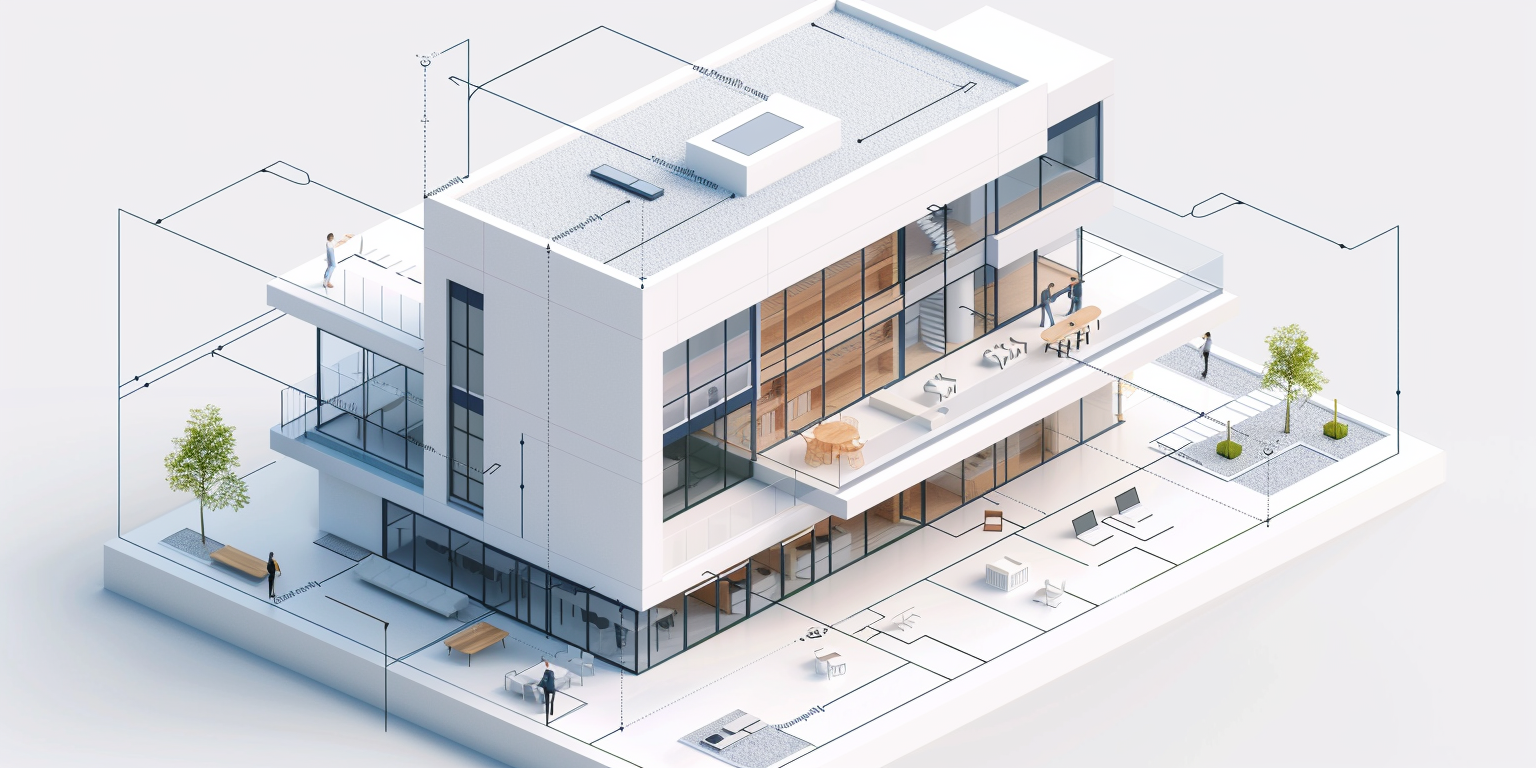
- Research precedents
- Select movement(s) appropriate to context
- Develop schematic designs
- Iterate using modeling and simulation
- Collaborate with consultants
- Document for construction
Pro Tip: Clients often relate to styles emotionally. Learn to explain architectural language in terms of experience and benefits.
10. Resources and Tools Software:

- Rhino + Grasshopper (Parametricism)
- Revit (Documentation)
- Ladybug Tools (Environmental analysis)
Books:
- "Complexity and Contradiction in Architecture" by Robert Venturi
- "Towards a New Architecture" by Le Corbusier
Organizations:
- The American Institute of Architects (AIA)
- Royal Institute of British Architects (RIBA)
- International Living Future Institute (ILFI)
Pro Tip: Keep a digital archive of case studies and sketches. It saves time during concept development.
11. Conclusion

Navigating the journey from Modernism to Contemporary architecture equips recent graduates with a robust foundation for practice. Understanding how movements respond to cultural, technological, and environmental shifts allows designers to make informed, impactful decisions. By grounding creative expression in context, functionality, and innovation, today’s architects can build on the past while shaping the future.